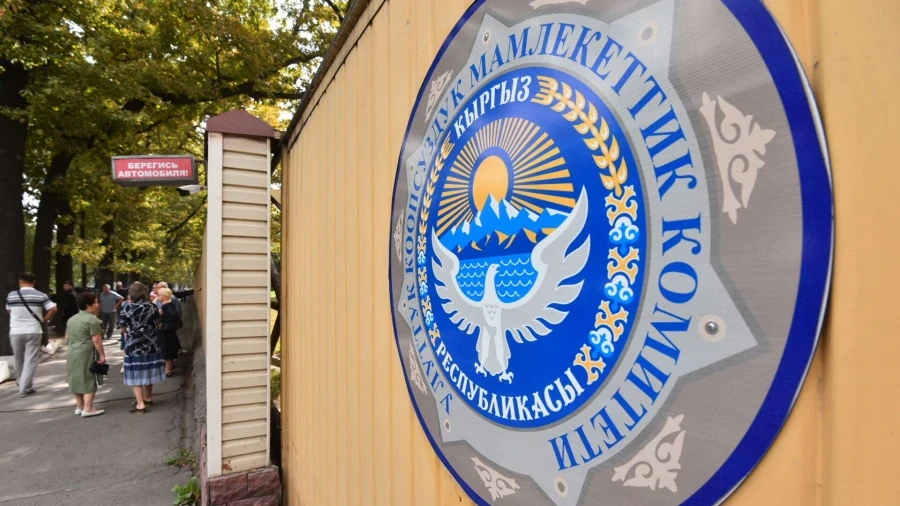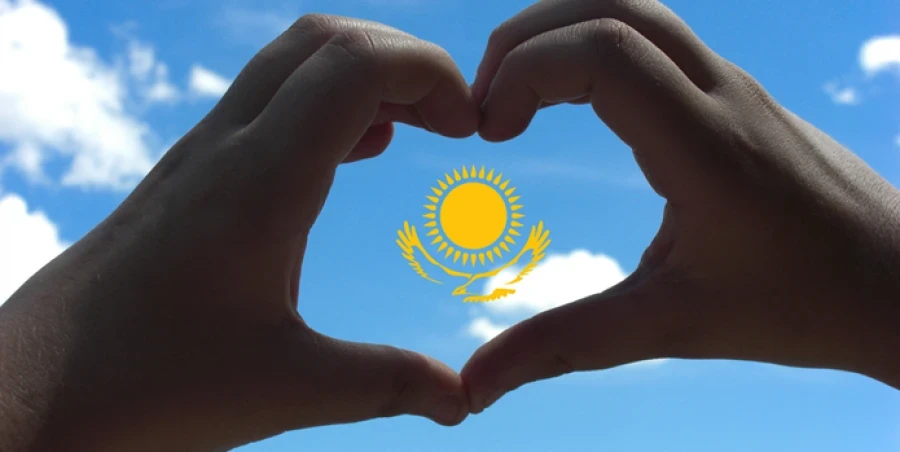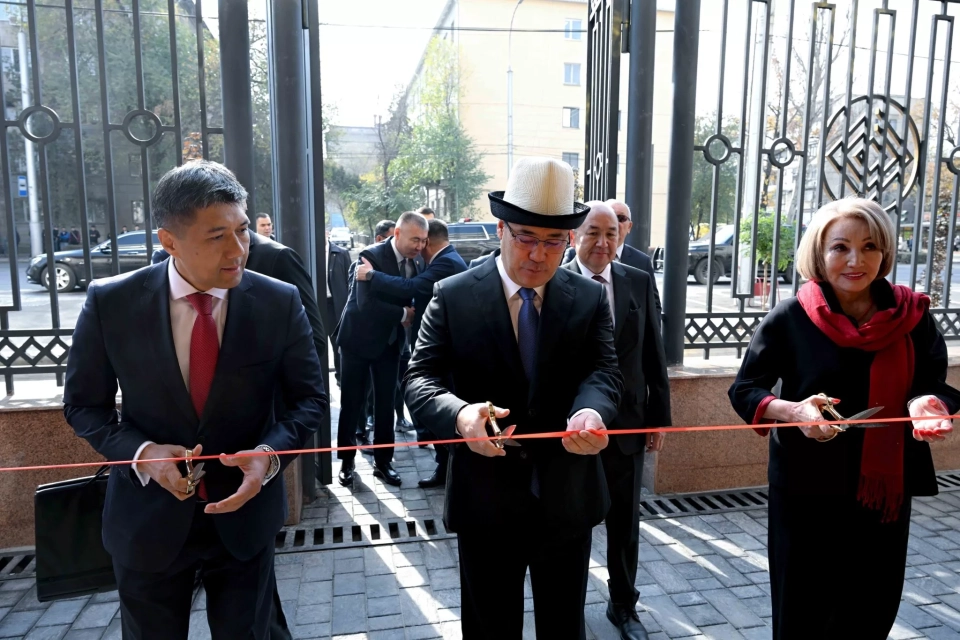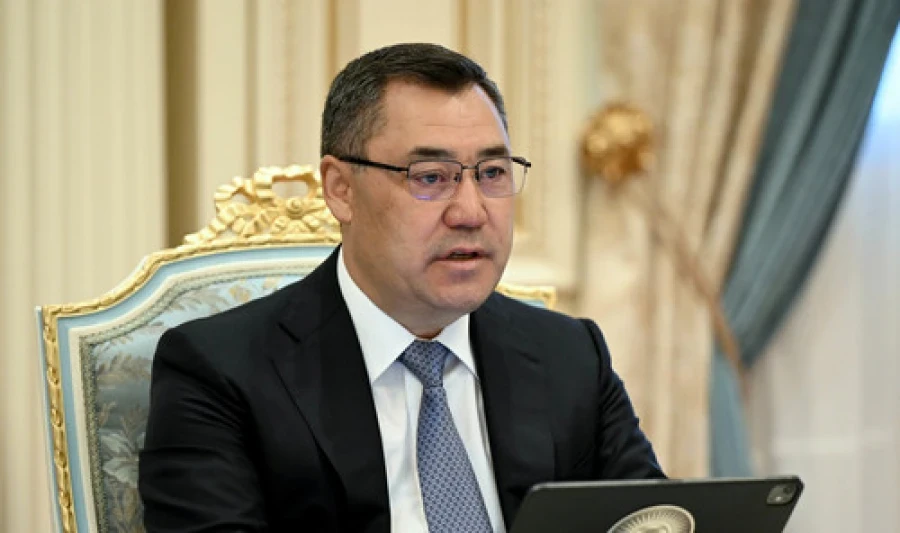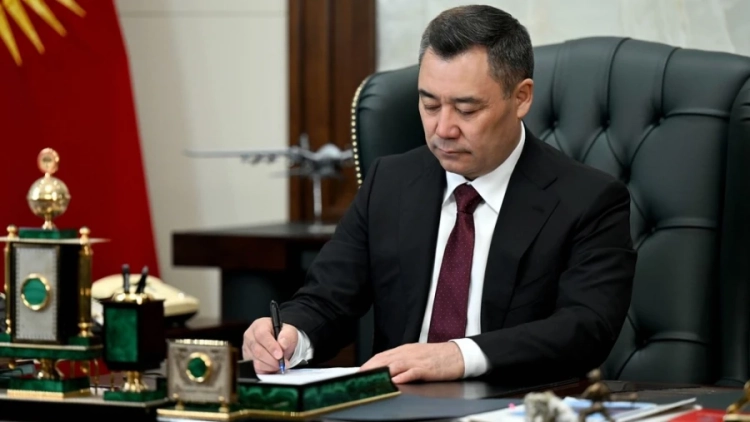
In 2024, the president issued a decree to confer the title of "Founding Fathers of modern Kyrgyz statehood" to five outstanding individuals, including Abdykerim Sydykov, Imanaly Aydarbekov, Jusup Abdrakhmanov, Abdykadir Orozbekov, and Ishehnaly Arabayev. Sadyr Japarov called for events aimed at commemorating their memory, considering it a sacred duty of every citizen.
24.kg presents the views of the descendants of these remarkable individuals on their legacy.
Today, we are joined by Nurlan Sadikov, the grandson of Abdykerim Sydykov, who is a lawyer with experience in public administration. He also participated in the development of state concepts and was a member of the Constitutional Assembly, as well as headed the Institute of Constitutional Policy.

Nurlan shared the story of his grandfather's life, which was filled with hardships and bright events.
A Forgotten Project that Became the Foundation of Statehood
"It is important to note that June 4 is an official holiday in Kyrgyzstan, yet it is practically unknown to many — the Day of Parliamentarism. Established by the Jogorku Kenesh in 2015, this day has not become part of everyday life. However, it symbolizes an important event that can be considered the beginning of modern Kyrgyz statehood — the first congress that proclaimed the creation of the Kyrgyz Mountain Region (KGR).This was a bold attempt by the people to assert their identity in turbulent times following the revolution.
“At the roots of this significant project was Abdykerim Sydykov,” he noted.
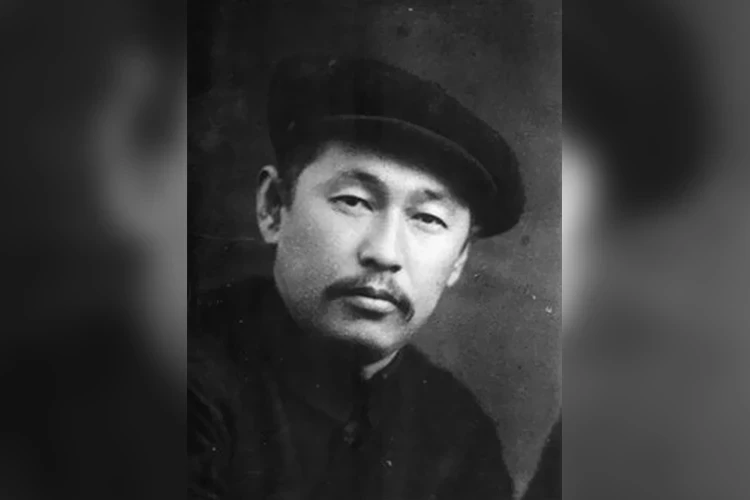
The Struggle for Self-Determination
“In the early 1920s, there was the Turkestan ASSR, with Tashkent as its capital. At that time, the process of national delimitation was beginning. The Soviet authorities issued a decree to create the Kyrgyz (Kazakh) ASSR. The initiators assumed that Kyrgyz and Kazakhs were practically one people, proposing to include Kyrgyz lands in the new Kazakh autonomy.This became a troubling signal for the Kyrgyz intelligentsia, as there was a threat of losing their own identity.
At this critical moment, Kyrgyz leaders emerged on the political scene, ready to fight for their right to self-determination.
Abdykerim Sydykov, born in 1889 in the Chui region to a manap family, became the main ideologue and organizer of this movement. He received his education in a Muslim school, then in a gymnasium and Kazan University. From 1913, he served in the Russian army, working as a translator in the Pishpek district and obtaining the civil rank of collegiate registrar.
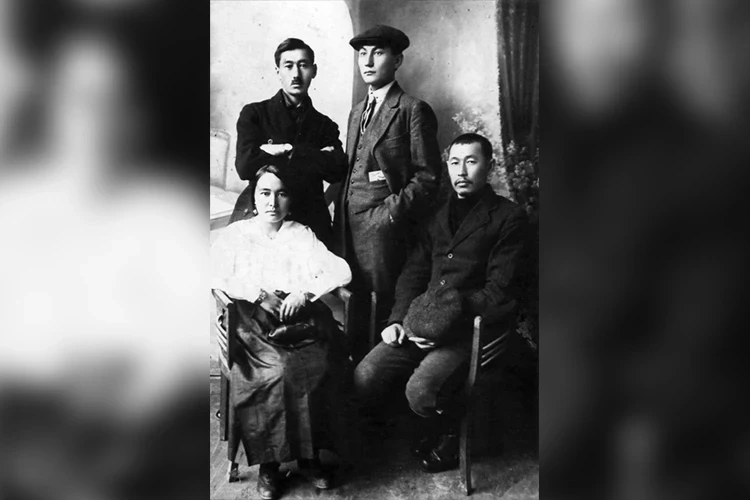
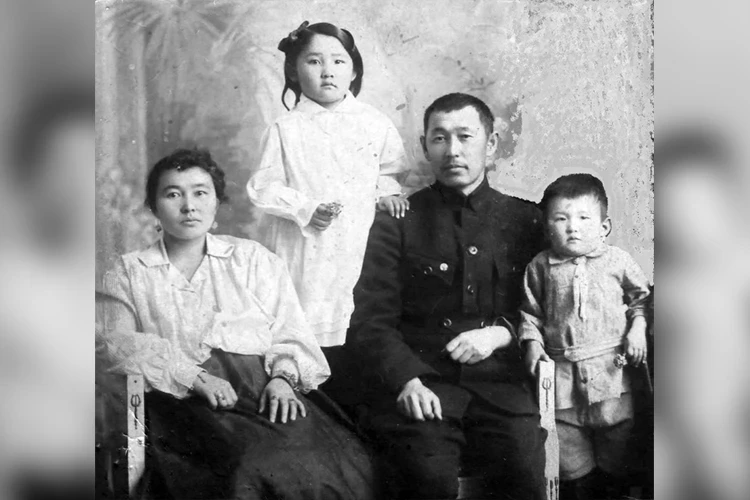
Along with like-minded individuals, holding the position of chairman of the Semirechensk Oblast Executive Committee, he raised the issue of the Kyrgyz people's right to their territory and autonomy within the Turkestan Republic before Tashkent.
This persistence bore fruit. In March 1922, Sydykov achieved preliminary agreement for the creation of a Kyrgyz autonomy.
On March 26, the presidium of the Central Executive Committee of the Turkestan ASSR made the historic decision to create the Mountain Region, which included the Pishpek, Karakol, Naryn, and mountainous parts of the Auliye-Ata district. The administrative center was to be Kochkorka.
For the 33-year-old Sydykov, this was the peak of his political career. Despite intrigues and temporary exclusion from the party, he was appointed chairman of the organizing committee for the creation of the Mountain Region. Sydykov envisioned the future of Kyrgyzstan in a close alliance with Russia, but as an independent entity,” Nurlan Sadikov recounts.
Self-Identification
“Despite opposition from some authorities in Tashkent, on June 4, 1922, the First Historical Preparatory Congress of the working masses of the Karakirgyz people took place in Pishpek. Alongside the Kyrgyz, Kazakh representative Uraz Zhandosov and Dungan representative Magaza Masanchin were present. It was at this congress, at Sydykov's initiative, that the terms 'people of Kyrgyzstan' and 'national minorities' were first articulated, laying the foundation for the formation of a modern civic nation.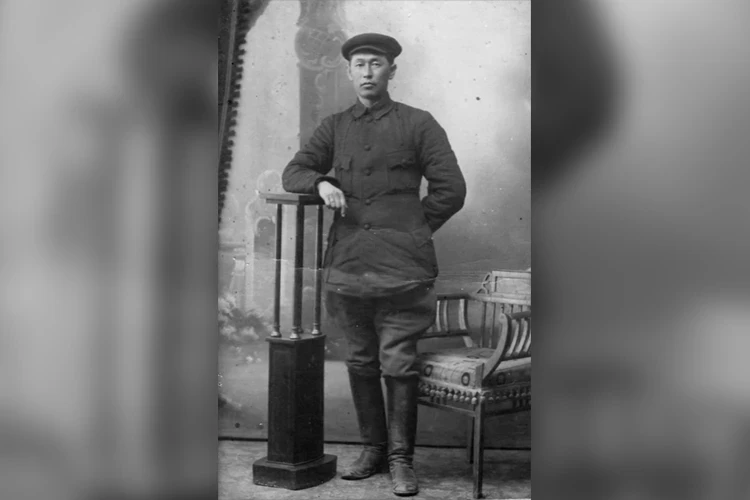
As noted by history professor Zainidin Kurmanov, from this moment on, Abdykerim Sydykov became one of the founding fathers, akin to Atatürk or Washington.
“However, the central authority was not willing to tolerate this independence. Later, on Stalin's orders, the decision to create the Kyrgyz Mountain Region was suspended due to insufficient elaboration. The project, which lasted just over four months, was forgotten,” Nurlan Sadikov added.
A Legacy That Cannot Be Undone
Was this struggle in vain? — Nurlan Sadikov wonders.“History has shown that it was not. Although the Mountain Region project was canceled, the momentum it initiated could not be stopped. The idea of statehood took root in the people's consciousness, and in 1924, the Kara-Kyrgyz Autonomous Region was officially created.
The congress of June 4, 1922, although formally 'preparatory,' essentially became the first Constituent Assembly of the Kyrgyz people. It laid the foundations of a modern state based on the principles of unity, tolerance, and the pursuit of justice,” he explains.
Lost Archives
Nurlan Sadikov noted that he outwardly resembles his grandfather very much. People who saw Abdykerim Sydykov in his youth tell him this.“From the photographs in the personal archive, it is clear that my chon ata was a tall, stately, and educated man, known for his hospitality. His home often hosted Imanaly Aydarbekov, Abdykadir Orozbekov, and the then-young Jusup Abdrakhmanov, whom he helped develop a career in public service.
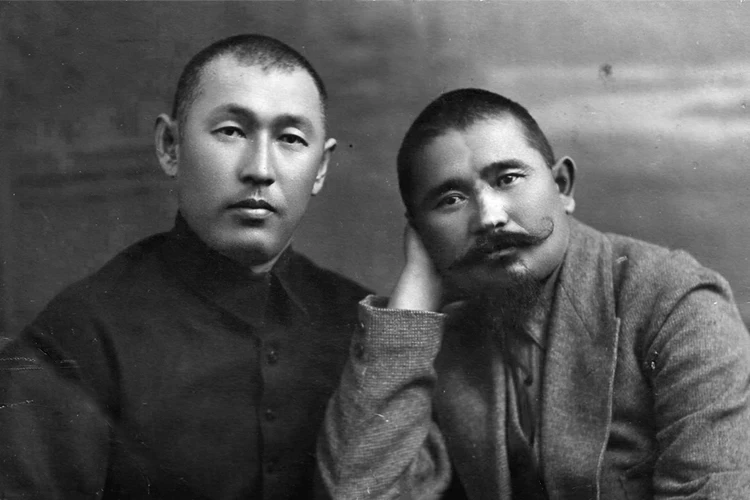
My chon ata was an educated person, and such individuals were few at that time. He spent a lot of time in the library, writing books and scientific works on agriculture, jute, and the tribal division of the Kyrgyz.
His works had a significant impact on many scholars. As a member of the land commission, he traveled extensively across regions, dealing with border delimitation issues. This was an important and necessary task.
Unfortunately, most of his works were destroyed when he was declared an enemy of the people in the 1930s and liquidated.
Our aunt Nurzhamal, the daughter of Abdykerim Sydykov, recounted that when the NKVD came for him, all his archival materials were gathered in a large bag and taken away,” Nurlan Sadikov recalls.
He also noted that in 1973, when a house was demolished on Chokmorov Street in Bishkek, he, as a child, found many archival glass negatives in the basement. Unfortunately, they did not survive.
“Five years ago, I approached the GKNB regarding the existence of archives about my grandfather. But I was formally told that work was being done to restore the documents. Attempts are currently being made to open access to the archives of that time, but when this will happen is unknown,” he believes.
Nurlan Sadikov dreams of restoring his ancestor's house in Bishkek.
“We have preserved the house plan from 1913. It is a typical example of Tsarist Pishpek. I even approached the Bishkek mayor's office with a proposal to build a small historical quarter and restore five houses of the founding fathers. We would like to build them not from stone and brick, but from wood, as it was in our cozy home, where the walls were made of woven reeds and finished with boards. But everything comes down to finances,” he added.
An Unknown Burial Site
“The burial place of our chon ata remains unknown to this day. His remains were not found in Chon-Tash. Due to his notorious reputation, he was arrested separately, and a separate case was opened. In 1934, he was sentenced to ten years in prison for counter-revolutionary activities and was ordered to be sent to a camp for political prisoners in the Chita region of Russia. But when he was about to be sent, in 1938, the authorities tightened measures, and the NKVD executed him. The location of his burial is debated, and there are suggestions that he may be buried in a Muslim cemetery in Bishkek on Ryskulov Street, near Fuchik,” Nurlan Sadikov noted.Why Sadikov, Not Sydykov?
“Our family has always felt the label of descendants of an 'enemy of the people.' Despite the rehabilitation of chon ata in 1956, my father Berik Sydykov went to the front in 1943 and returned in 1952. He entered medical school and excelled, even being considered for the Stalin Prize, but when they learned about his father, they refused. We have gotten used to living with this. My father always tried to be politically correct, as do I. This is probably in our blood,” Nurlan Sadikov laughs.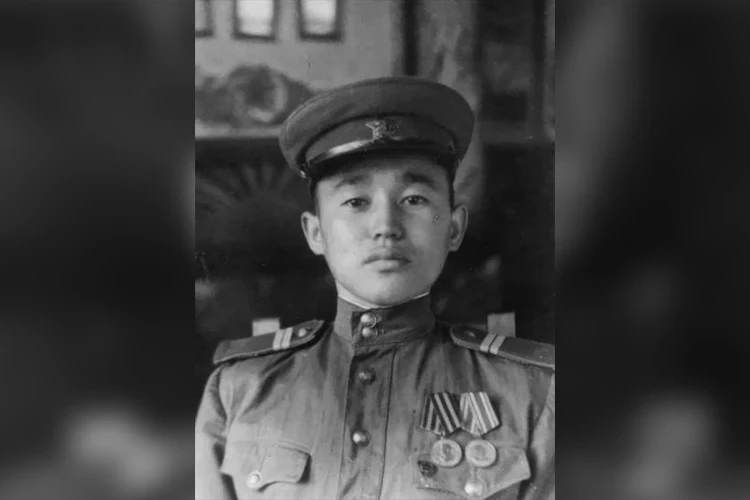
The change of the letter in the grandson's surname — Sadikov — was not accidental. The grandmother tried to protect the descendants from the consequences of political repression. But, as Nurlan Sadikov admits, this did not always help.
He emphasizes the need to continue studying the history of the Kyrgyz people and the influence of the founding fathers on the development of statehood.
“Our family continues to search for archives about grandfather, studying the scientific works of Zainidin Kurmanov and Vladimir Ploskih. We must not forget our heritage. I recall that in the 1980s, a premiere of the film by Bolot Shamshiev 'Ascent to Fujiyama,' dedicated to the repressions, took place at the cinema. I came with a photograph of my grandfather and stood in the foyer to raise awareness about Abdykerim Sydykov. Poetess Gulsara Momunova even dedicated a poem to me about my efforts to preserve the memory of my grandfather,” Nurlan Sadikov added.









